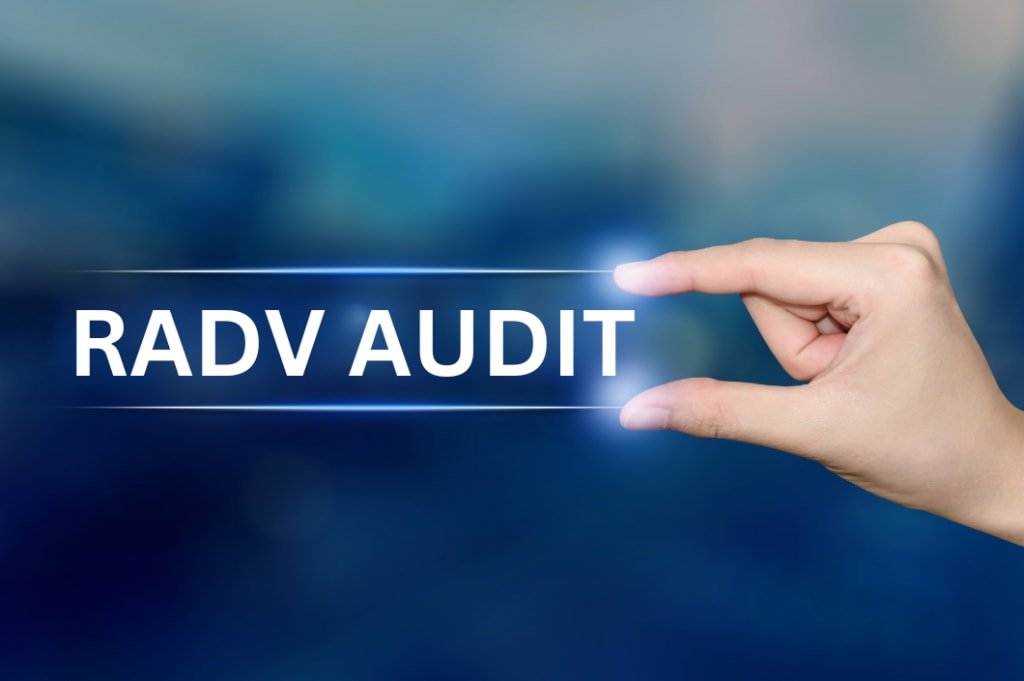Staying ahead of RADV audits in risk adjustment with tech-driven defense requires more than just ticking boxes during audit season. The complexity and scrutiny of today’s regulatory environment demand a proactive, continuous approach to compliance—one that transforms readiness from a periodic scramble into an integrated, year-round discipline.
The Limitations of Traditional Audit Preparation
Many organizations rely on annual audit checklists or last-minute chart reviews to prepare for RADV audits. While these activities serve a purpose, they often miss the bigger picture: risk adjustment compliance is a dynamic process. Waiting until an audit is imminent leaves little room to address underlying documentation or coding gaps, resulting in rushed corrections and increased risk of payment adjustments or penalties.
Moreover, checklists can’t capture evolving regulatory expectations or the nuanced clinical details auditors increasingly demand. Without ongoing vigilance, subtle inconsistencies accumulate unnoticed, making audit season a high-stress period rather than a confident demonstration of compliance.
Designing a Continuous Readiness Strategy
A year-round readiness plan hinges on embedding compliance into daily workflows. This means shifting from reactive audits to proactive prevention by leveraging technology, continuous education, and collaborative processes.
- Ongoing Monitoring and Analytics
Real-time dashboards and advanced analytics track documentation quality, coding accuracy, and risk score trends continuously. These tools flag potential issues early—whether missing diagnoses, insufficient clinical evidence, or coding errors—allowing targeted interventions before they escalate. - Integrated Feedback Loops
Establishing structured communication channels between clinical, CDI, and coding teams ensures rapid response to identified gaps. When issues arise, clear ownership and immediate action plans prevent backlog and support timely resolution. - Regular Micro-Audits
Instead of annual audits, conducting smaller, frequent internal reviews of selected charts keeps compliance top of mind. These micro-audits help identify patterns and training needs, allowing organizations to adapt quickly to regulatory changes. - Targeted Education and Training
Continuous learning tailored to evolving audit criteria empowers providers and coders to maintain documentation and coding standards. Short, focused training sessions on specific risk adjustment topics reinforce best practices without overwhelming busy teams.
Leveraging Technology for Defense and Confidence
Technology plays a critical role in sustaining readiness. AI-enabled risk adjustment platforms can automate much of the compliance work, scanning clinical notes and claims for inconsistencies and missing elements aligned with CMS expectations. This reduces manual effort and sharpens the focus of audit preparation on high-impact areas.
Furthermore, technology creates a transparent audit trail that simplifies external reviews. When auditors see clearly linked clinical evidence and timely documentation updates, confidence in compliance grows, reducing the risk of costly findings.
Building a Culture of Compliance
Sustained readiness comes from culture. Leadership must foster an environment where compliance is viewed as a shared responsibility, not just a checkbox. Recognition of teams that demonstrate strong documentation practices and coding accuracy encourages ongoing engagement.
By integrating compliance goals into performance metrics and providing meaningful feedback, organizations motivate continuous improvement. This culture of accountability ensures that every member—from clinicians to coders—is invested in audit readiness as part of daily work.
Staying ahead of RADV audits in risk adjustment with tech-driven defense means embracing a holistic, continuous readiness plan. Moving beyond checklists to integrate monitoring, feedback, training, and technology into everyday workflows transforms audit preparation from a reactive burden into a proactive strength. This approach safeguards revenue, builds audit confidence, and ultimately supports better care through compliant, accurate risk adjustment.

